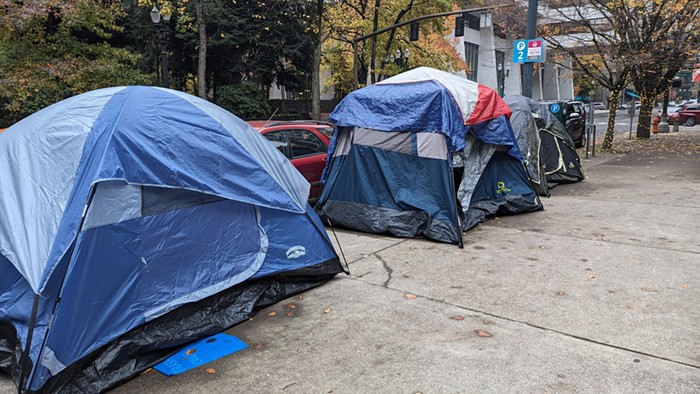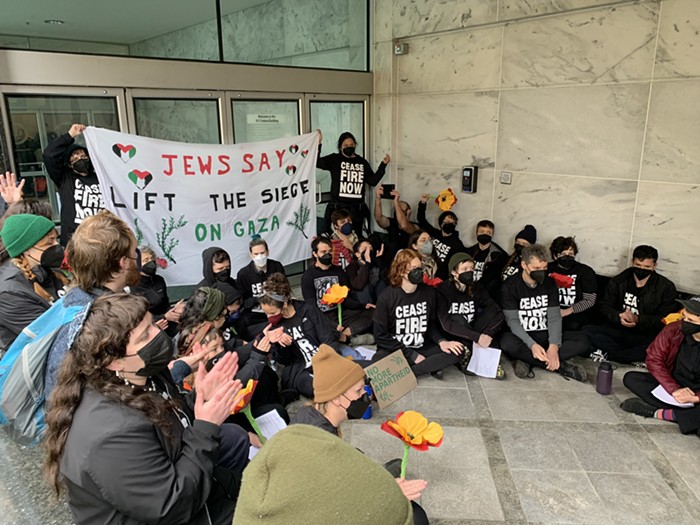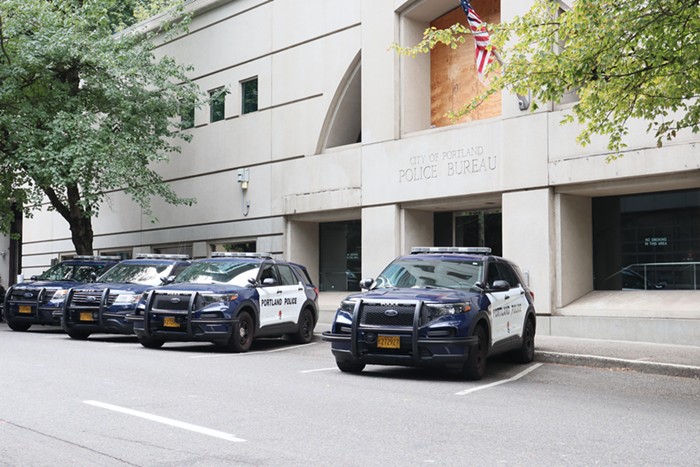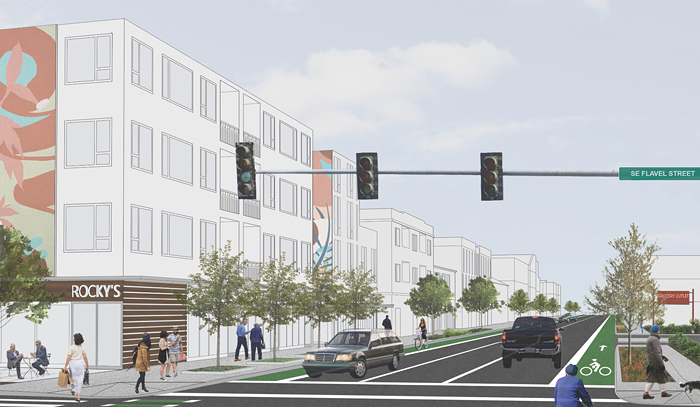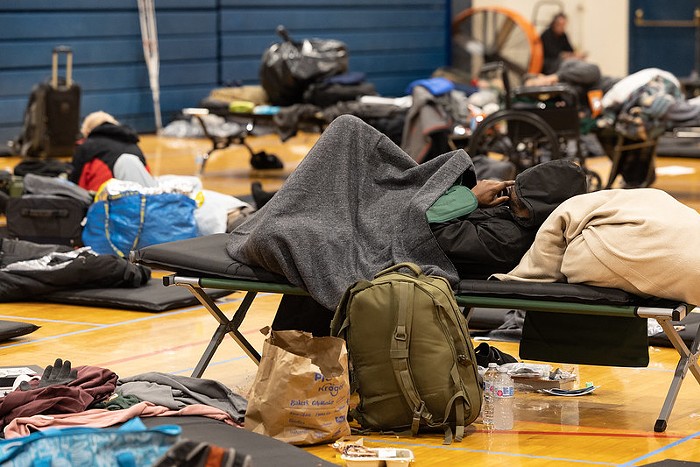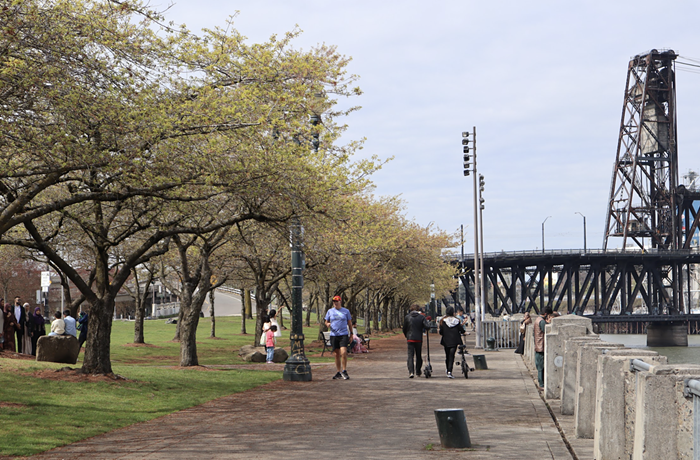
Citing an unprecedented surge of new COVID-19 cases in recent weeks, Gov. Kate Brown has announced new temporary restrictions for five Oregon counties—including Multnomah County.
“Oregon has done relatively better than many other states in containing the virus, but we cannot let up now,” Brown said at a Friday press conference. “That’s why I’m announcing a two-week pause on social activities in… Malheur, Umatilla, Marion, Jackson, and Multnomah counties.”
Brown’s two-week “pause,” which begins this Wednesday and lasts through November 25, will include new rules around business capacities and social gatherings. Restaurants, gyms, and museums will have maximum capacities of 50 people, including both staff and patrons. In-person visits to long-term care facilities will not be permitted unless they are held outdoors, and Brown urged people to limit their own social gatherings to their own households.
Restaurants must limit table groups to six or fewer people. Brown encouraged people to choose takeout or outdoor seating, rather than eating inside restaurants.
The Oregon Health Authority (OHA) will include these new rules in its advisory—but when asked what the consequences would be for businesses and individuals who don’t follow them, Brown answered that “the consequences are the community impacts, honestly.”
“If I do need to take further steps, it will involve further restricting business activity,” she added. “And I don’t want to do that.”
Brown said she would revisit the restrictions as the two-week period comes to a close, and use the counties’ COVID-19 case counts to determine if further actions is needed. Five additional counties—Washington, Baker, Union, Clackamas, and Lynn—are “on the cusp” of needing new restrictions as well, Brown said.
The two-week “pause” comes as OHA has reported its worst COVID-19 numbers since it began tracking cases in March. OHA reported 3,542 new cases last week—up 34 percent from the previous week. And Oregon hospitals have their highest number of coronavirus-linked patients since the pandemic began.
Rachel Banks, the OHA’s new Public Health Division director, compared the upcoming two-week pause to when Oregonians first sheltered in place in March, and when Oregon imposed a mandatory mask requirement in June. She said that if Oregonians continued to follow the guidelines and requirements, then the state could continue to have a relatively low case count.
“Those things worked,” Banks said. “Since the start of the pandemic, Oregon has one of the lowest case rates in the nation… That’s all through your shared efforts.”
Banks and OHA lead epidemiologist Dean Sidelinger also urged Oregonians to reconsider their holiday plans, particularly if they involve traveling or large social gatherings.
Brown called the two-week pause period “a wake-up call.” She added that most new cases were linked to small person-to-person interactions, rather than one major event or outbreak, and urged people to “please, please, please limit your social interaction to your own household” for the next two weeks.
“I do not want to have to take further actions to stop the spread of COVID-19, because I know it will have a devastating impact on our businesses, both big and small,” Brown said. “But I absolutely will if necessary.”

